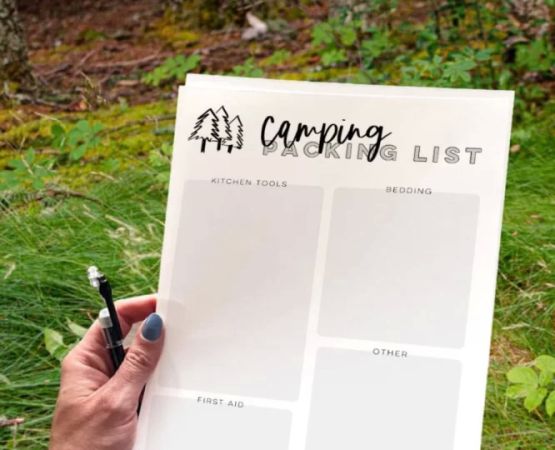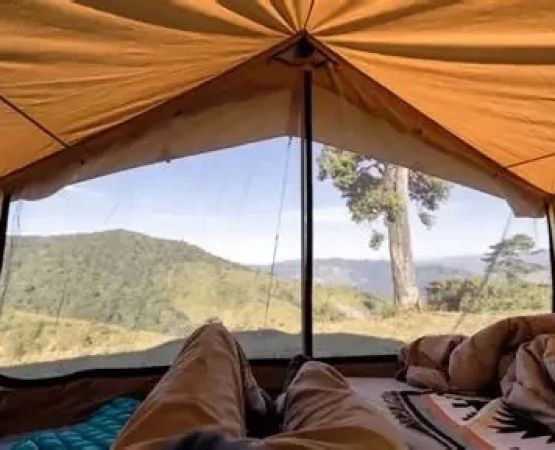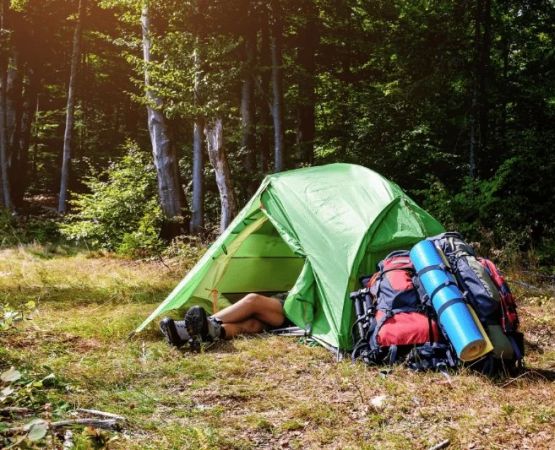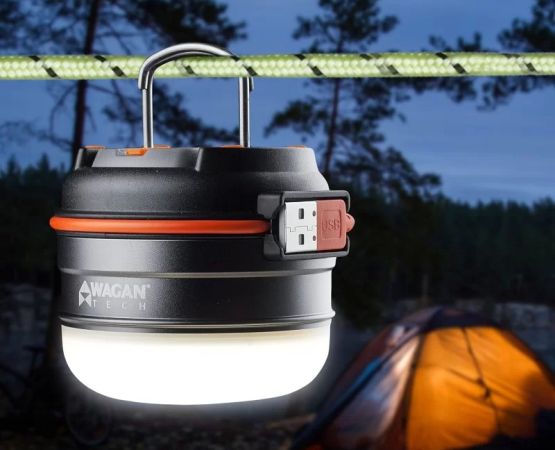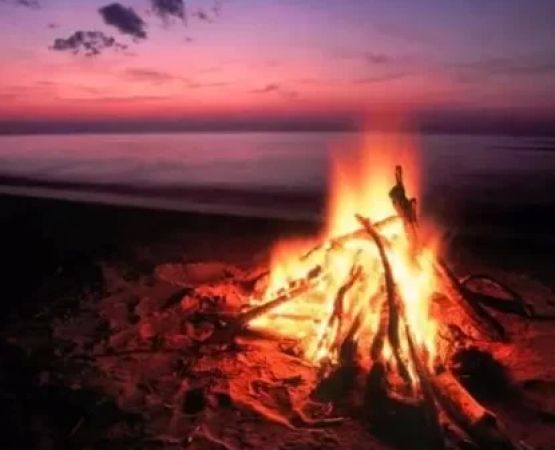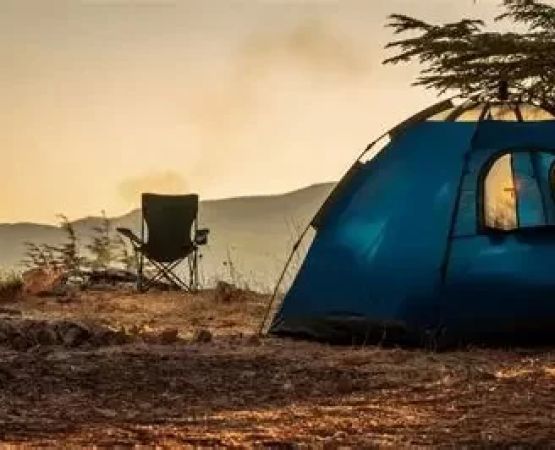How to Build a Survival Shelter While Camping
Camping is one of the most rewarding outdoor activities, offering a chance to reconnect with nature and escape the pressures of everyday life. However, whether you’re an experienced camper or a novice, there’s always the possibility of unexpected circumstances that may require a survival shelter. Understanding how to build a survival shelter while camping can make all the difference in staying safe, comfortable, and prepared for the elements. In this article, we will guide you through the essential steps of building a survival shelter, including practical tips and real-world scenarios that can enhance your camping experience.
1. Why Building a Survival Shelter is Important
Before we dive into the "how," it’s important to understand why building a survival shelter is an essential skill for any camper. Whether you’re facing unexpected weather conditions, an overnight stay due to lost trails, or simply exploring remote areas, a survival shelter provides protection from the elements—keeping you warm, dry, and safe. In some situations, a shelter might be necessary not only for comfort but for survival. Protecting yourself from rain, wind, extreme temperatures, and wildlife is crucial for ensuring your safety in the wild.
1.1 Key Reasons to Build a Survival Shelter
The primary reasons for constructing a survival shelter during camping include:
- Protection from the Elements: A shelter can shield you from rain, wind, and cold temperatures, preventing hypothermia or heat exhaustion.
- Enhanced Comfort: A well-built shelter can provide a sense of security and allow you to rest after a day of physical activity.
- Safety: A shelter reduces the risk of encountering wildlife, and provides a controlled environment to store food and gear.
2. Types of Survival Shelters
When it comes to building a shelter while camping, the right design largely depends on the environment, weather conditions, and available materials. Below are the most common types of survival shelters that every camper should know:
2.1 Debris Shelters
A debris shelter is one of the most common and effective types of survival shelters for emergency situations. These shelters are built by utilizing natural materials such as leaves, branches, and pine needles to create a protective cover. The key to a successful debris shelter is insulation, which keeps warmth in and moisture out. To build a debris shelter:
- Start by finding a flat area with access to abundant foliage.
- Build a frame using long branches or saplings, leaning them against a sturdy object such as a tree or large rocks.
- Fill in the gaps with smaller branches, leaves, and grass to create layers of insulation.
- Ensure the shelter is large enough to fit you and your gear, and be sure to keep the opening away from the wind for maximum warmth.
2.2 Tarp Shelters
If you’re camping with a tarp as part of your gear, building a tarp shelter is a quick and efficient option for a survival shelter. A tarp shelter offers flexible protection and can be configured to suit the environment. For example:
- Simple Lean-To: Stretch a tarp over a line tied between two trees at an angle to create a lean-to shelter. This type of shelter protects against rain and wind while providing some ground coverage.
- A-Frame Shelter: If the weather is particularly harsh, an A-frame structure can provide more comprehensive protection. A tarp is tied to two opposing trees, and the sides are staked down to provide wind protection.
These shelters can be customized based on your needs, and having a tarp in your camping gear can save time in the event of an emergency.
2.3 Snow Shelters
If you’re camping in snowy environments, it’s important to know how to build shelters using snow. Snow shelters, such as igloos or snow caves, are excellent for insulating you from the cold. Here's how to build a simple snow shelter:
- Find a location with deep, compact snow (ideally against a snowbank or in a snowdrift).
- Dig a hole big enough for you to crawl into, ensuring the ceiling is thick enough to support your weight.
- Carve out a small entrance and a ventilation hole to prevent carbon dioxide buildup.
Snow shelters are incredibly effective in insulating against extreme cold and can provide protection for extended periods if built properly.
3. Tools and Materials for Building a Survival Shelter
While many survival shelters can be built using natural materials, some campers prefer to carry additional tools to help make the process more efficient. Here are a few items you might want to consider:
3.1 Useful Tools for Building a Shelter
- A Small Folding Saw: Ideal for cutting larger branches and wood for your shelter’s frame.
- Rope or Paracord: Helpful for securing the structure or tying branches together.
- Multitool: Having a knife or multitool can make it easier to cut ropes, prepare firewood, or create small holes in your shelter.
3.2 Materials for Insulation
When building your shelter, look for materials that provide good insulation to keep you warm. These include:
- Dry Leaves and Grass: Perfect for creating a soft, insulating base inside your shelter.
- Pine Needles: These work well for layering the roof of your shelter to keep rain out.
- Branches and Bark: These materials can create a waterproof outer layer and a sturdy frame for your shelter.
4. Personal Experience and Tips from a Camper
As someone who has spent countless nights camping in remote areas, I can tell you that building a survival shelter is a skill you’ll be glad to have when needed. On one occasion, I was camping during an unexpected downpour. I quickly gathered materials and built a tarp shelter in just under 30 minutes, which kept me dry and comfortable throughout the night. The key takeaway is that preparation and having the right tools on hand can make all the difference in a survival situation.
4.1 What to Do in Case of Emergency
If you’re in an emergency situation, don’t panic. Stay calm and assess your environment. Find a safe area where you can build a shelter away from potential hazards like falling branches or rushing water. Start by gathering materials, then build your shelter in stages to ensure maximum protection. Keep the shelter close to your gear, but be sure to create a barrier between yourself and the elements. If you’re not confident in your shelter-building skills, don’t hesitate to seek professional assistance, like rescue services, to ensure your safety.
5. Exploring Bali While Camping
Speaking of survival shelters, Bali offers some unique camping opportunities. Picture camping in the lush forests of Bali, where local guides can show you how to build temporary shelters and teach survival skills. Not only can you enjoy the beautiful scenery, but you can also immerse yourself in the island’s rich culture by experiencing these practical outdoor lessons. Bali is a fantastic destination for anyone looking to blend adventure with nature.
For those interested in Bali’s camping and adventure activities, feel free to explore more and plan your trip through Pine Cliff Resort for a memorable experience!

